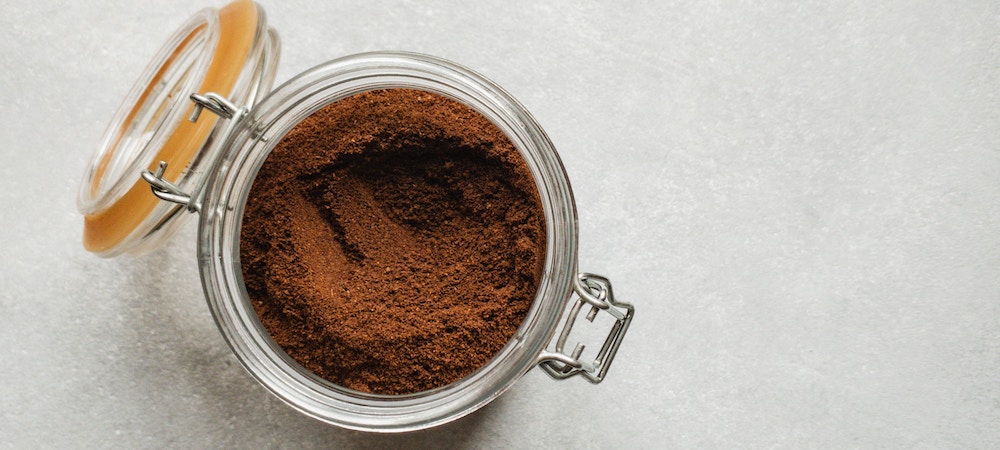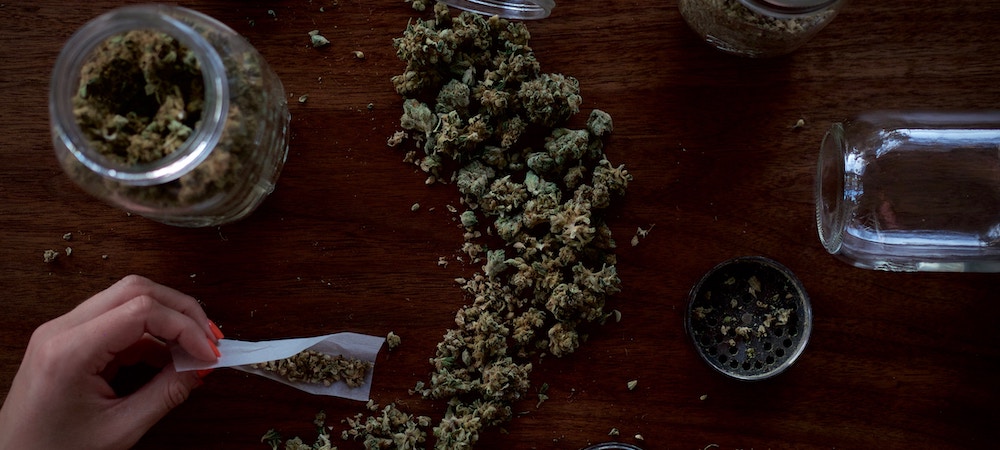How To Reverse and Prevent Cannabis Foxtailing to Save Your Plants!
If you’re new to growing cannabis, you might think, with all the information out there, that it’s complicated. But the truth is, cannabis is a weed (yes, that’s where it gets its popular nickname!), and when it’s in its natural habitat, it grows quite easily, without much complication at all.
Unfortunately, when we’re trying to grow in closets, basements, grow rooms, and cooler, unpredictable climates, we can run into problems we didn’t see coming!
One of these issues is something we call ‘foxtailing.’ It’s a common condition, and thankfully, if you act today, there’s a good chance you can save your plants!
In this article, we’re going to cover the following topics:
Table of Contents
- What is the natural habitat of cannabis?
- What is foxtailing?
- Why does foxtailing happen?
- How can I make sure my cannabis doesn’t foxtail?
- How can I reverse foxtailing and save my cannabis plants?
What Is the natural habitat of cannabis?
Cannabis can successfully grow almost anywhere in the world, but its native habitat is Asia, specifically, southern Asia where the climate is quite hot and humid. This area also receives a lot of light a day; about 12 hours all year long. Southern Asia doesn’t experience short days in the winter and long days in the summer like Canada does. Because of the stable hot temperatures and few fluctuations in light, the soil that cannabis naturally grows in has a consistent pH of 5-7.
Cannabis doesn’t need absolutely perfect conditions to grow, but replicating these conditions as close as possible will help. That’s why many people choose to grow in closets or grow rooms; here they can best control the atmosphere and give their plants the best possible chance at growing large, potent flowers.
What Is Foxtailing?
Foxtailing is a word used to describe a condition where marijuana flowers become elongated, with wisps of leaves and fewer buds than normal. The flowers begin to resemble a long bushy tail of a fox instead of a plump, full bud.
In a healthy flower, the buds will appear quite compacted, with an unmistakable round plump thickness. Within the flower itself, the buds should be more prominent than the leaves, which should be small and scattered more infrequently between the buds.
Foxtailing buds appear less dense and more spread apart, which is clearly disappointing. You’ll have less yield from foxtailing plants, and there’s also a good chance your weed will be less potent! All is not lost, however. Your buds will still contain some THC, terpenes, and other cannabinoids, so you can still use the flowers.
Can Foxtailing Be a Good Thing?
It’s important for us to mention that some strains of pot are actually made specifically from foxtailing weed. It’s also possible that you just like the way your weed looks when the plant takes on this wispy appearance. So, foxtailing isn’t necessarily a bad thing, but for the majority of people looking to grow dense, potent flowers, it’s not desirable.
Unfortunately, no matter how much effort you put into growing healthy plants, you may still experience foxtailing. Let’s explore how foxtailing begins.
Why Does Foxtailing Happen?
Just like people, plants tend to be unhealthy when they are dealing with an abundance of stress. But instead of getting stressed out over their work-life balance or an overbearing mother-in-law, marijuana plants get stressed out over simple things, like how much light they are getting or how acidic their soil is.
Remember, in order to grow the healthiest weed possible, we need to try to replicate their natural habitat.
Best conditions for growing weed are stable with as few fluctuations as possible. Here are a few of the things plants require:
- A steady supply of water
- Healthy soil with abundant amounts of nitrogen, phosphorus and potassium
- 13-18 hours of light per day
- Stable temperatures (depending on whether your plants are flowering or not)
- Ideal humidity
If your plants are foxtailing, it’s likely one of these is out of balance and causing your plants undue stress. It’s unclear exactly why cannabis plants foxtail to survive stress, but many varieties of plants will adjust how they grow or how they use their energy when their conditions aren’t ideal. In the case of foxtailing, less energy goes into developing buds.
How Can I Make Sure My Cannabis Doesn’t Foxtail?

The best, healthiest cannabis plants are ones that come from good genetics, and that are monitored frequently for the healthiest growing conditions.
The genetic component is tricky. If you’re growing from seed, it’s never fully possible to know the genetics, and even if the seed came from a beautiful plant, there’s still no guarantee. As the old adage goes, there’s a bad apple in every bunch.
One of the best ways to grow plants with great genetics is by cloning. (You can read more about that here!) Cloning involves removing sections of your best marijuana plants and repotting them, allowing them to grow into new plants. This means your new plants will have the exact genetics of the old plant.
However, this does require at least one full growth cycle. If you have a friend who has a beautiful, healthy, fruitful plant, they may be willing to help you get started with a trimming. In some instances, you may be able to purchase a starter plant from a genetically superior plant as well.
For a beginner, this may be a great way to start, but if that isn’t possible, choosing to invest in monitoring processes may be the way to go.
Proper monitoring of your plants is easier than you may think, and no matter how great the genetics of your plant are, you’ll need to monitor them to make sure you’re giving them a healthy environment. Even the most genetically superior plants will foxtail, or even die if they aren’t properly monitored.
If you’ve already reached a place of foxtailing, you may be able to save your plant and reverse it. Here’s how!
How Can I Reverse Foxtailing and Save My Cannabis Plants?
As soon as you notice foxtailing, you need to take action. The sooner you adjust the more likely it will be that you can reverse the damage.
Of course, what you need to do is figure out what’s stressing your plant and make adjustments.
Here are the five most common reasons for foxtailing and how to make changes that might help.
- Not Enough Light
Generally, you need 13-18 hours of light on your plants each day. So if you haven’t been turning on your lights at least that much, try increasing the light. Cannabis, more than most other plants, needs light. It’s probably the most important factor for the healthy growth of your bud.
Your light should ideally be 25 cm or so from the top of your plants. If it’s further away, your plants may not be able to absorb the light efficiently. If it’s closer, it may be burning your plants, which leads us to our next point.
- Too Much Heat
Your light source might be burning your plants. All light sources are not created equal. If you’re keeping track of your grow room temperature and it’s too high, you may need to adjust the type of light you’re using. Along with the overall temperature of the room, you can check the height of your lights. As your plants grow, the lights need to be adjusted. Try to keep them around 25cm from the top of your plant.
For temperature regulation, you can install a digital thermometer inside your grow space. Remember, you may need to adjust the temperature with various types of lights or fans depending on the time of year and your local weather patterns.
- Invest In Vents
If your grow room is difficult to regulate (temperature and humidity), you may want to install vents in the door that can be opened and closed as needed. When the humidity is too low, you can close them, and if you need some extra circulation, you can open them.
If a simple vent isn’t enough, you’ll benefit from a professional ventilation system, and while the investment might seem like a lot upfront, in the long run, it will pay for itself.
- Monitor Your pH
Monitoring the pH of your soil seems like a very intricate thing to do, but it’s less complicated than you think. pH is simply the amount of acidity in the soil, and it can be easily adjusted using products you can find at your local garden supply store.
If the pH is out of balance, your plants can’t absorb nutrients properly. Obviously, when your efforts are going fully into growing beautiful, healthy, plump flowers, nutrient absorption is key. - Safeguard Against a Microbe Invasion
Microbe invasion (like bacteria or mold growth) can cause massive stress for your plants. This kind of growth can occur in the soil or on the plant itself, and can even cause bud rot, a condition that causes mold spores that can spread around your plant and the surrounding plants as well.
If you believe you have bud rot or some other infestation, humidity is likely the culprit. You may also be able to reverse the condition using a biofungicide.
If you’ve tried everything and you just can’t seem to get rid of foxtailing, or you have this condition repeatedly, you may need to adjust the type of strain you’re growing. Some strains just need a completely different climate than the one you’re living in, and you may always struggle unless you make a switch. Check with your local seed retailer or supply store for recommendations for your climate.
Don’t want to wait for your harvest? Did you know Weed Me sells high-quality pre-roll designed to be a ready-made product? You won’t have to harvest, grind, or roll – just grab your lighter and you’re ready to go! At Weed Me, we sell the best strains and never compromise quality. Check out our full product selection today!




